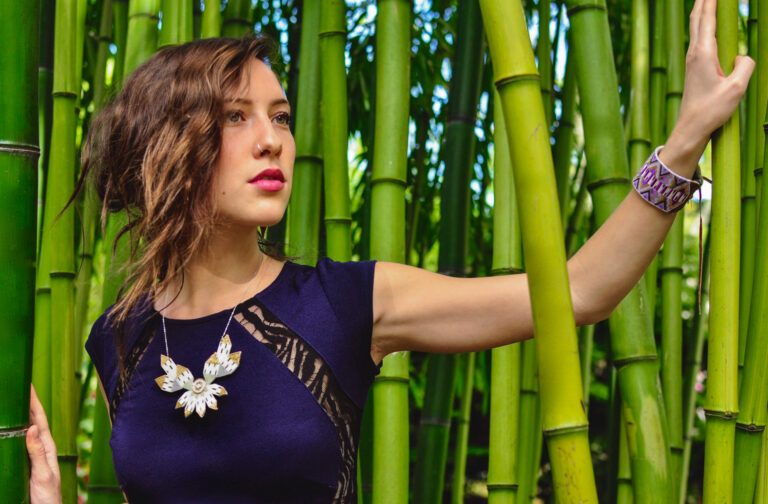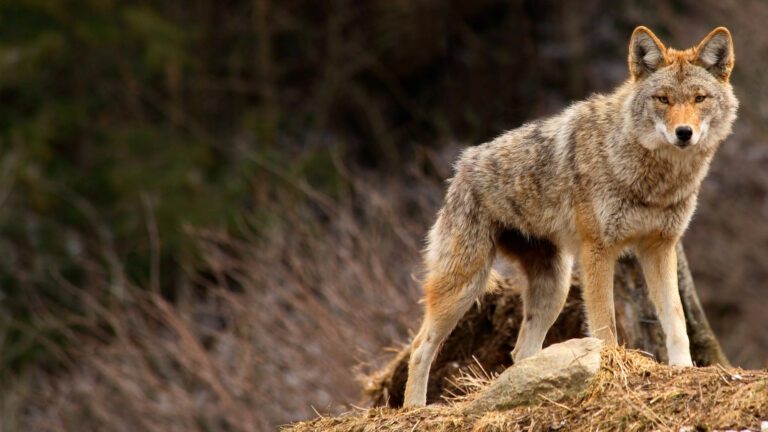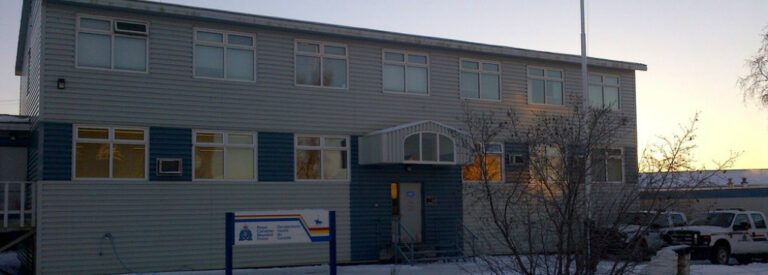Seven years ago, during my first stint as a realtor, I heard about a young developer whose mom had to sign his first purchase because he was only 17 and couldn’t legally sign a mortgage agreement. The story stuck with me. I liked that the young developer had such a focused direction from an early age – something that took me a lot longer to find. But the fact that he was so exceptional is a reminder that each age group interacts differently with the real estate market.
So how can home prices be rising while supply is increasing and population remains relatively flat?
Article continues below advertisement
In discussions about housing prices, Yellowknife’s sluggish population growth comes up a lot. A quick look at the Canada Mortgage and Housing Corp.’s (CMHC’s) “housing starts” (a term for newly available homes) shows that since 2007, about 680 housing units came onto the market. Here is the data, broken down by size of housing unit:
During the same period, Yellowknife’s population increased by only 825 people. Given that an average of 2.7 people live in each household, that means the increased demand for housing should only be about 306 units, less than half of what’s been built.
So how can home prices be rising while supply is increasing and population remains relatively flat? The answer revolves around the breakdown of the population – not the aggregate total.
Outside of the occasional young developer, no one under the age of 18 buys property and very few are tenants. Industry analysts will typically look at the population older than 25; these are people that are likely to live on their own and potentially be in the market for buying a home.
Right now, an interesting shift is happening within northern age categories. Between 2007 and 2014, Yellowknife’s overall population grew 4.2 percent, but the population of people 24-and-under actually shrunk while the population 25-and-over increased by 7.7 percent.
Meanwhile, Yellowknife’s 60+ population, historically the smallest segment of the seven age categories, has increased by over 70 percent.
Looking at the population breakdown, we can now see that there are 970 new residents over the age of 25 competing for the 680 new homes. Add in the fact that CMHC just looks at new housing starts and doesn’t consider all the housing destroyed by fire, knocked down, used as commercial space, rented out short-term on AirBnB, etc., and it’s quite possible that there is less housing, relative to population, than in 2007. A single event like the 2015 fire at the Polaris Apartments caused 17 units to be removed from the housing stock.
This shift in demographics also explains a few other local phenomena, like why schools are under-capacity and how there is a shortage of housing for seniors. Also, looking again at the CMHC chart, it’s unsurprising that new housing starts have skewed towards smaller homes.
So has the demand for housing not kept up with the new supply? I’d say it’s about even; although I’d be hesitant about getting into the treehouse or snow fort market about now.
Next, we’ll look at income levels and rental rates to see whether they support current housing prices.
This is the second part of a three-part series on the demand side of the Yellowknife real estate market. Read Part 1 here, and look for the final piece in this series on Friday, May 6.
This Article Is Part of a Series
Previous: YK Real Estate Realities: Debunking the ‘Canadian Housing Bubble’







